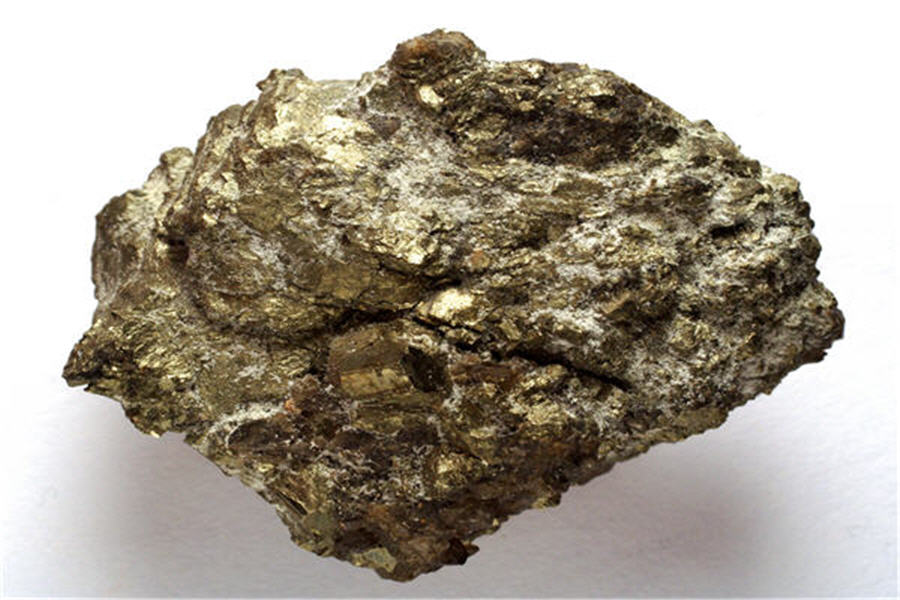
Educators in the Austrian city of Salzburg hit the panic button after the unintended discovery of a radioactive rock in a science classroom.
More than 300 schools were notified and a dozen were evacuated after a presentation by anti-nuclear campaigner Thomas Neff revealed a lump of uranium showing radiation levels at 75 times the normal value.
According to UK publication The Mirror, the revelation occurred while Neff was showing students a wristwatch from the 1960s whose dial contained radium – a radioactive element with the symbol Ra in the Periodic Table of the Elements:
The numerals on the watch contain the material to help them to glow in the dark and were created when little was known about the damage caused by radiation.
But as he passed a collection of rocks, minerals and fossils that were on display in the classroom, Neff’s Geiger counter almost “exploded”.
The device showed the rock had radiation levels of 102,000 counts per minute – 10 times the counts per minute measured in the watch containing radium.
Or to measure the exposure in terms of millisieverts, 75 times the normal level of radiation exposure:
“If you had this rock the whole year in your bag, you would get around 210 millisievert exposure. The exposure to radiation from natural sources is only 2.8 millisievert in a whole year in Austria,” The Mirror quotes Neff saying. It adds the maximum allowable radiation dose in an occupational setting is 50 millisievert, while 100 millisievert is considered to put a person at risk of cancer and severe radiation poisoning would occur at 2,000 millisievert.
According to the World Nuclear Association, the average dose, globally, of background radiation is about 2.4 millisievert a year. The amount of exposure of course depends on geology and altitude. While lifetime doses of radiation could be up to several thousand millisievert, “there is no evidence of increased cancers or other health problems arising from these high natural levels. The millions of nuclear workers that have been monitored closely for 50 years have no higher cancer mortality than the general population but have had up to ten times the average dose,” states the association.
4 Comments
rfr
The article fails to report why was the rock as in the classroom and how did it get there. Was it in the classroom for an hour or days or years? And why were 12 schools evacuated? I’ve been to Salzburg and I doubt if there are 300 schools in the city. The editor of this article should have caught these concerns.
atopf
You’re right, rfr, the reporter in the sourced article should have asked these basic questions, and there was not enough time before deadline to find them myself. I suspect the rock sample had been there for a rather long time. The 12 schools likely corresponds to the number of high schools with science labs containing sample rock display cases, I’m assuming.
Regards,
Andrew Topf, MINING.com
Mike
This is stunning! Twelve schools were evacuated! Think what this means.
Head teachers, teachers and the administrators who passed on the news all have no idea at all about basic science.
What did they think a rock, probably about 5cm across, in a school probably km away, could do to them?
Mark Harder
Sounds like a case of radiation panic. No information as to where the rock was relative to teacher and students in the classroom. How close were the rock and the radiation meter during the measurement? The closure of other schools is consistent with the degree of overreaction. Admins may have been concerned that if there was radioactive material in one school, there might be in others.